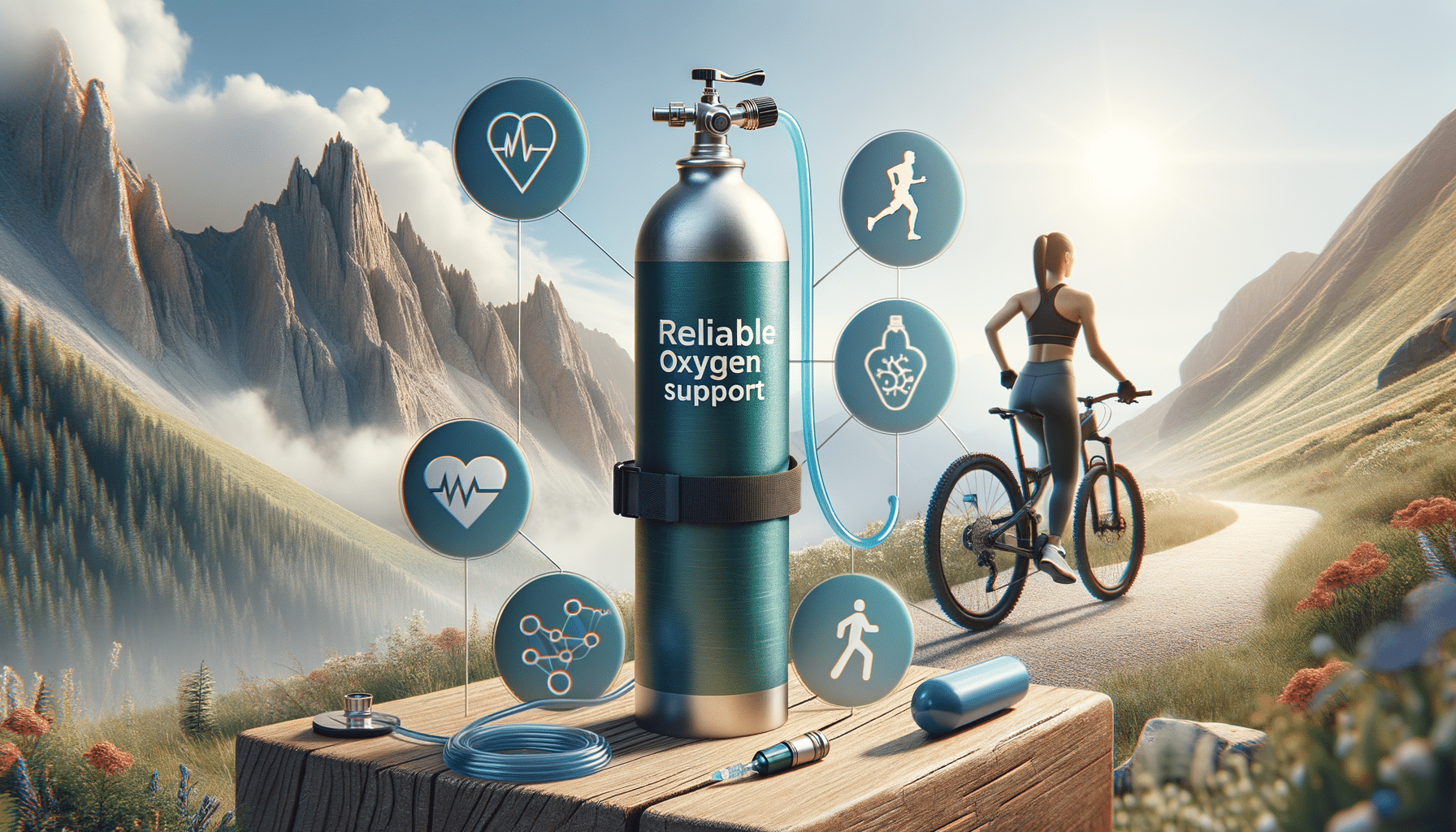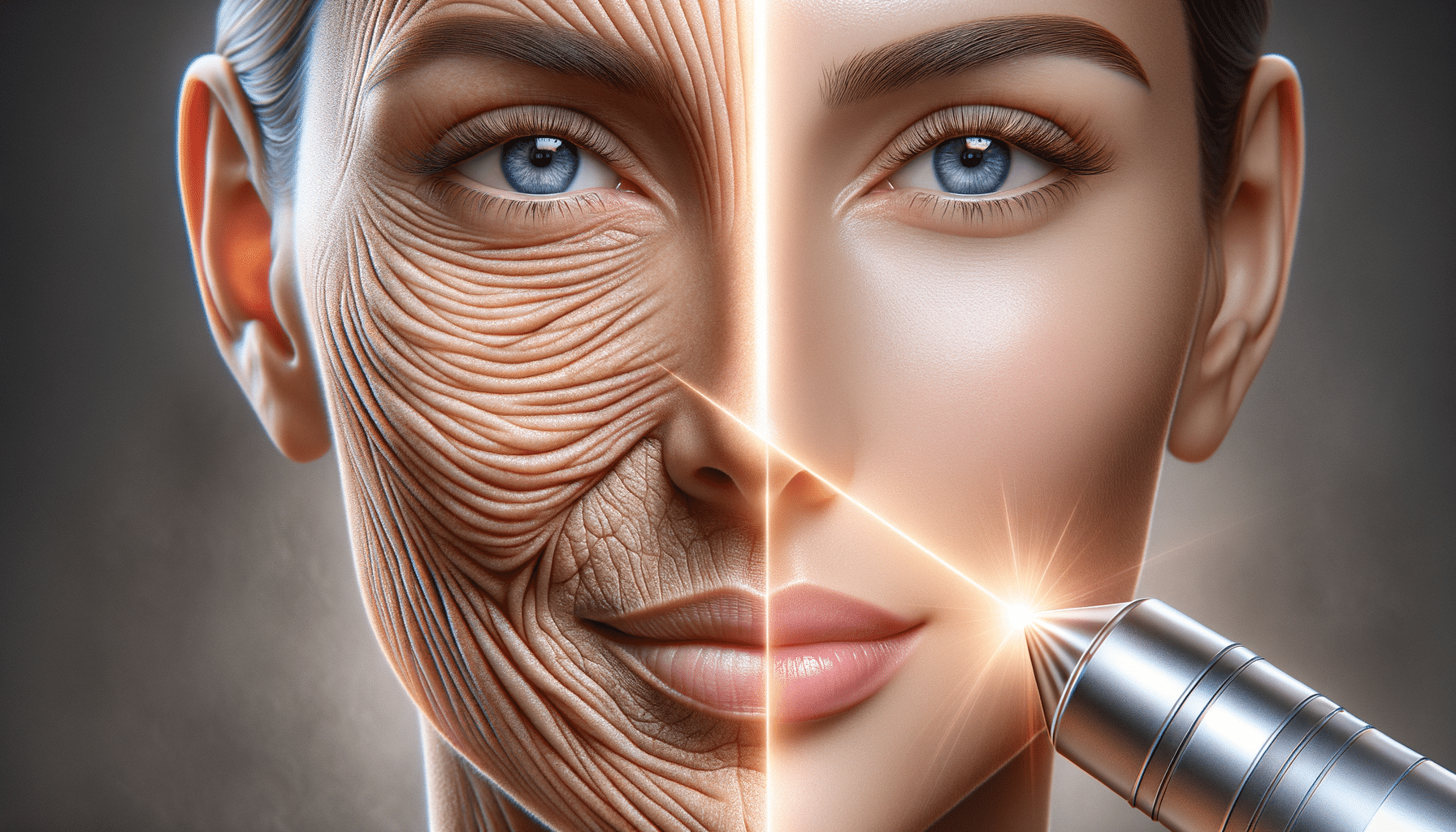
Reliable Oxygen Support for an Active Lifestyle
The Role of Oxygen in Physical Activity
Oxygen plays a crucial role in our bodies, especially during physical activities. It is essential for the production of energy in our cells, allowing us to engage in various exercises and maintain a healthy lifestyle. During physical exertion, our muscles require more oxygen to produce the energy needed to sustain activity. This increased demand is met by our respiratory and cardiovascular systems working together to deliver oxygen efficiently.
Without adequate oxygen supply, our muscles can fatigue quickly, leading to decreased performance and endurance. This is why athletes and fitness enthusiasts often focus on improving their cardiovascular fitness to enhance their oxygen uptake and utilization. Regular aerobic exercises, such as running, cycling, and swimming, are known to improve the efficiency of the heart and lungs, enabling better oxygen delivery throughout the body.
Furthermore, oxygen is vital for recovery after exercise. It helps in the repair and rebuilding of muscle tissues, reducing soreness and promoting faster recovery. This highlights the importance of reliable oxygen support, especially for those leading an active lifestyle.
Understanding Oxygen Deficiency and Its Impact
Oxygen deficiency, also known as hypoxia, can significantly impact physical performance and overall health. It occurs when there is insufficient oxygen available for the body’s needs, leading to various symptoms and potential health issues.
Common symptoms of oxygen deficiency include fatigue, dizziness, shortness of breath, and decreased cognitive function. In severe cases, it can lead to more serious health conditions such as heart problems and respiratory disorders. For individuals who engage in regular physical activities, these symptoms can hinder performance and reduce the effectiveness of workouts.
Understanding the causes of oxygen deficiency is crucial for prevention. Factors such as high altitude, poor air quality, and certain medical conditions can contribute to reduced oxygen levels. For those living an active lifestyle, ensuring adequate oxygen intake is vital for maintaining energy levels and preventing fatigue during exercise.
Incorporating breathing exercises and techniques can help improve oxygen intake and utilization. Practices such as diaphragmatic breathing and yoga can enhance lung capacity and promote better oxygen exchange, supporting an active lifestyle.
Technological Advances in Oxygen Support
With the advancement of technology, there are now various tools and devices available to support oxygen intake for those leading an active lifestyle. These innovations are designed to enhance oxygen delivery and utilization, improving overall performance and well-being.
One such technology is portable oxygen concentrators, which provide a reliable source of oxygen for individuals with respiratory conditions or those who require supplemental oxygen during exercise. These devices are lightweight and easy to carry, making them suitable for outdoor activities and travel.
Another innovative solution is the development of wearable technology that monitors oxygen levels in real-time. Devices such as smartwatches and fitness trackers can track oxygen saturation levels, providing valuable insights into respiratory health and performance. This data can help individuals adjust their workouts and breathing techniques to optimize oxygen intake and improve endurance.
These technological advances not only support individuals with medical needs but also benefit athletes and fitness enthusiasts looking to enhance their performance and recovery through better oxygen management.
Natural Ways to Boost Oxygen Levels
While technology offers significant support, there are also natural ways to boost oxygen levels and improve respiratory health. Incorporating these practices into daily routines can enhance overall well-being and support an active lifestyle.
One effective method is regular aerobic exercise, which strengthens the cardiovascular system and improves lung capacity. Activities such as jogging, swimming, and cycling increase heart rate and breathing, promoting better oxygen circulation throughout the body.
Additionally, maintaining a healthy diet rich in antioxidants can support respiratory health. Foods such as leafy greens, berries, and nuts contain nutrients that promote efficient oxygen utilization and protect the lungs from oxidative stress.
Practicing mindfulness and relaxation techniques, such as meditation and yoga, can also improve breathing patterns and reduce stress, leading to better oxygen intake and utilization. These practices encourage deep, controlled breathing, which enhances lung function and oxygen delivery.
By combining these natural methods with technological support, individuals can optimize their oxygen levels and maintain an active, healthy lifestyle.
Conclusion: Embracing Oxygen Support for a Vibrant Life
Reliable oxygen support is essential for anyone looking to maintain an active and healthy lifestyle. Whether through technological advancements or natural methods, ensuring adequate oxygen intake can significantly enhance physical performance, recovery, and overall well-being.
By understanding the role of oxygen in the body and exploring various ways to optimize its intake, individuals can achieve their fitness goals and enjoy a vibrant life. Incorporating both modern technology and natural practices offers a comprehensive approach to supporting respiratory health and sustaining an active lifestyle.
Ultimately, embracing reliable oxygen support enables individuals to thrive in their physical activities and maintain a balanced, energetic life.


